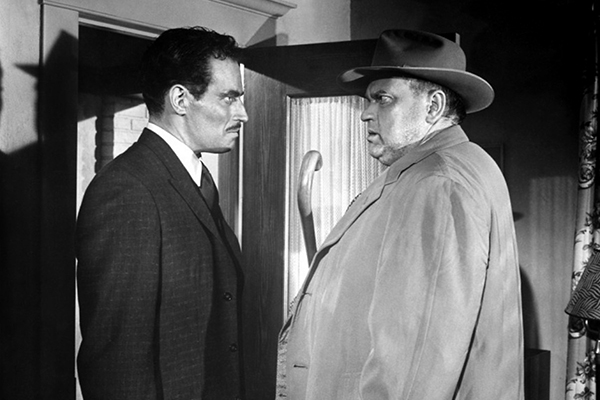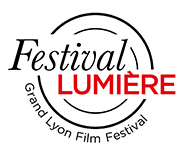Frontière
The genius of the sequence-shot
PostED ON OCTOBER 16
A sombre tale of darkness, Touch of Evil, Orson Welles' last Hollywood film, is a virtuoso exercise in style.
Ten years. That's how long it took Orson Welles to find his way back to the environment of a Hollywood studio as a director. After The Lady from Shanghai in 1947, Welles became gun-shy from its incomprehensible failure, limiting himself to staying on the directorial sidelines, choosing to act in some twenty films, including Jack Arnold's Man in the Shadow, produced by Albert Zugsmith. Indirectly, it was the latter who reunited the filmmaker with the "dream factory" in 1957. At first, he only offered him a role as a corrupt cop in Touch of Evil, in which Charlton Heston was slated to star. Then the man who would soon incarnate Ben Hur got involved - as an early admirer - and achieved the impossible by convincing Universal to entrust the direction to Welles, who accepted, capturing the story in record time: one month.
Touch of Evil would allow him, he believed, to prove to those ungrateful fools in the industry that he had not lost his touch. And the fact of the matter is, he hits it hard. The movie, set in a border town between Mexico and the United States, opens with an iconic three-minute-and-twenty-second sequence shot that ignites the adrenaline rush… A man has hidden a time bomb in the trunk of a Chrysler, which soon drives off with a couple of enamoured occupants, rolling through a small town of nocturnal strollers, unaware of the gleaming chrome of danger that has just brushed past them.
 Touch of Devil, 1958
Touch of Devil, 1958
Four days of prep and one night of shooting are enough to put this pure moment of class into the can. Above all, beyond its formal premise, the sequence suggests what awaits the viewer: under the deceptive glow of the neon lights, a game of false leads, punctuated by obstacles and murders, gives the vision of a rotten world, in decomposition, where Evil does its utmost to corrupt souls. While Charlton Heston plays a policeman who is the picture-perfect example of "successful" integration (Vargas is a naturalized Mexican), Welles takes on the role of the overweight, bloated, racist, dirty cop.
Although Welles is only 42 at the time, the abundance of make-up and facial prostheses give him a monstrous air- Jabba the Hutt before his time. The use of the wide-angle camera further distorts his rotund-like figure in a mackintosh, in the same way it exaggerates the narrative to the detriment of realism. Welles composes a parallel world from which cinema emerges victorious. Only the editing eludes him before the release. The consolation is that the film screened today is the version reconstructed in 1998 from the 58-page note sent to the studio, with its suggestions for changes, after Welles had viewed the final cut entrusted to the obscure Ernest Nims. Hollywood's ‘touch of evil’ attitude toward the director of Citizen Kane had its effect... Orson Welles would never again return to a Hollywood studio.
Carlos Gomes
Touch of Evil by Orson Welles (1958, 1h35)
Comœdia Sat. 16 10pm | Pathé Vaise Sun. 17 4:30pm

